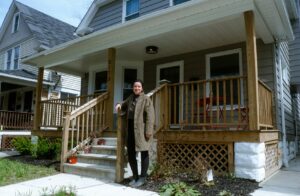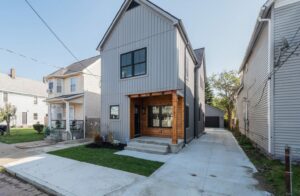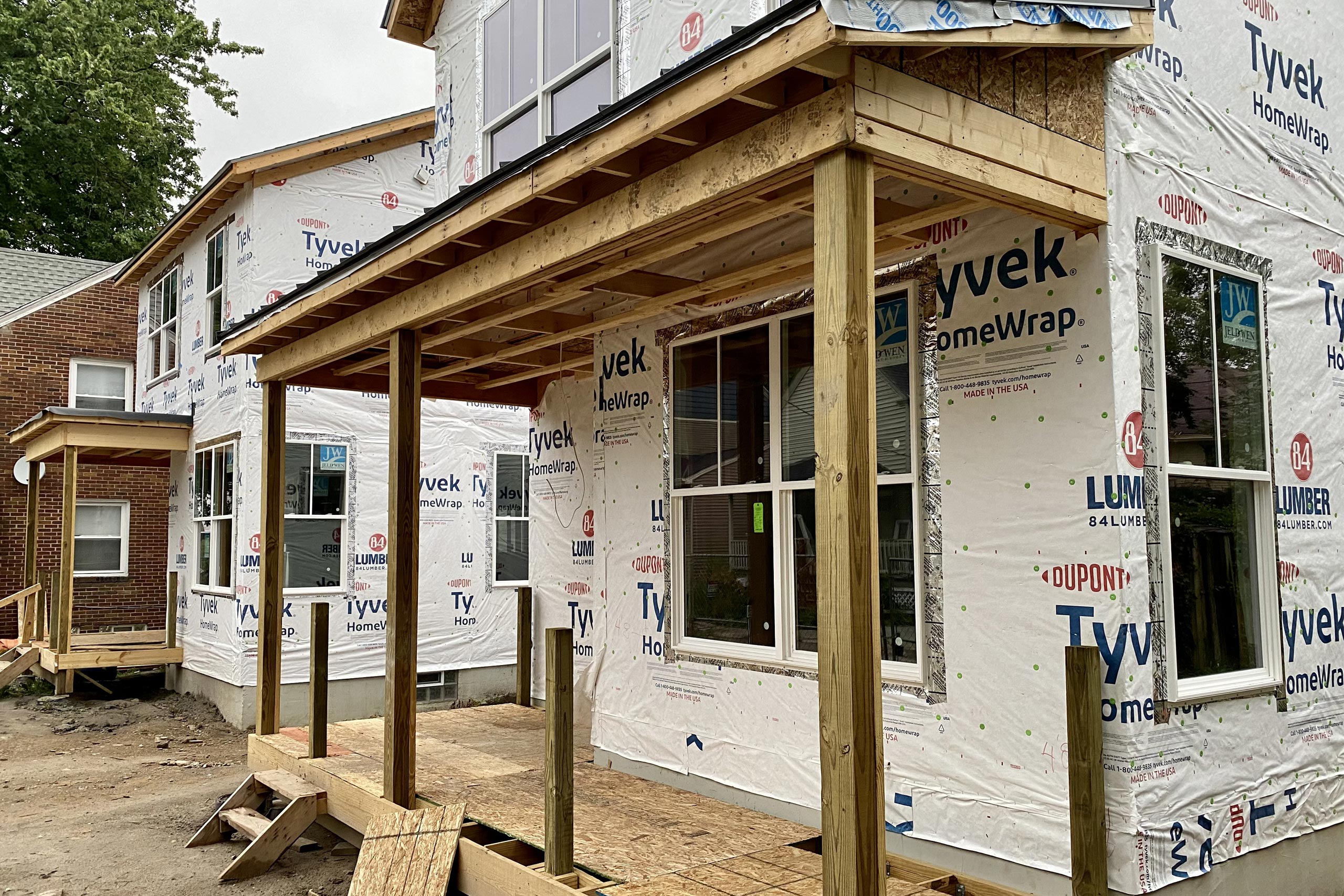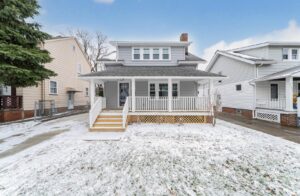Blog
Land Banking in Action: The Reality of How Transforming Vacant Lots Can Bring Dreams to Life for Habitat for Humanity Families
On a sunny Saturday morning in May, five families were handed their wooden keys in a heartwarming dedication that also marked a significant milestone for both Habitat for Humanity of Greater









